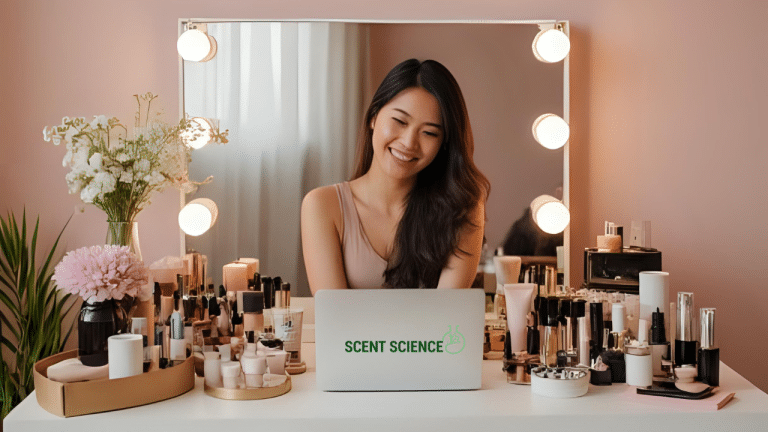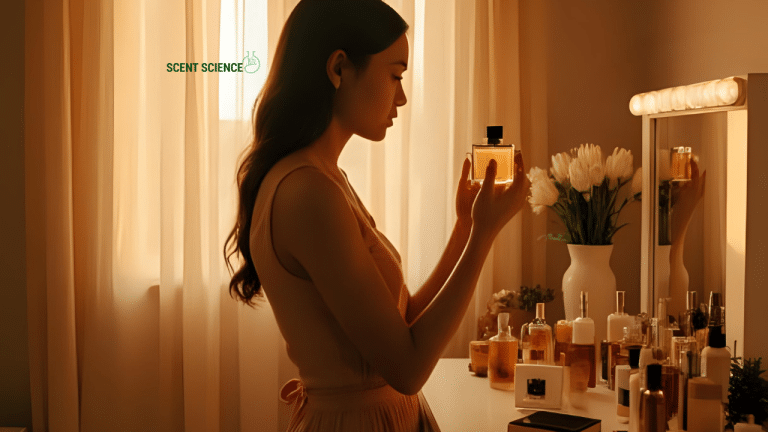Fragrance science, an intricate blend of art and science, wields significant influence over human mood, cognitive function, and overall wellbeing. Our understanding of how distinct fragrance compounds interact with sensory pathways continues to unfold, backed by both traditional practices and contemporary research methods. Here, we explore the evidence-based impact of fragrant volatiles on physiological processes, delve into hypoallergenic advancements, and examine technology’s transformative role in fragrance personalization.
**Influence on Mood and Cognitive Function**
Research consistently associates fragrance exposure with mood modulation and cognitive enhancements. For instance, linalool and linalyl acetate, predominantly found in lavender, demonstrate anxiolytic effects by interacting with the GABAergic system, a major neurotransmitter pathway in the brain. This interaction facilitates relaxation without sedative side effects, providing ample potential for stress-relief formulations. Similarly, citrus-based compounds, such as limonene from essential oils of lemon and lime, function as adrenergic stimulants. They enhance alertness through increased synaptic transmission, offering natural alternatives to boost daytime focus and ameliorate attentional capacities.

**Compound Analysis and Psychological Effects**
The molecular structure of fragrance compounds dictates their interactions at receptor sites and subsequent psychological outcomes. Terpenes, a versatile group of hydrocarbons present in many essential oils, are credited with significant neurophysiological effects. For example, alpha-pinene, found in coniferous plants like pine and fir, serves as a potential cognitive enhancer by inhibiting acetylcholinesterase, the enzyme responsible for breaking down the learning and memory neurotransmitter, acetylcholine. Evidence supports its roles in improving focus and memory retention, thus illustrating how structural specifics drive functionality.
**Hypoallergenic Fragrance Innovations**

Hypoallergenic fragrancing addresses the challenges posed by allergy sensitivities, which can trigger dermatological or respiratory responses. This concept relies upon identifying and omitting common fragrance allergens such as eugenol, isoeugenol, and geraniol. Advances in chemical engineering harness technology to synthesize molecular analogues with reduced allergenic potential while maintaining olfactory allure. For example, the encapsulation of fragrance materials within polymeric carriers moderates their release rates, minimizing potential sensitization risks while achieving a sustained scent delivery.
**Technology and Personalization in Fragrance Design**
The intersection of technology and fragrance science is most vividly embodied in AI-driven formulation. Machine learning algorithms analyze extensive sensory databases to predict successful olfactory blends tailored to individual preferences and needs, factoring in consumer mood, cultural background, and physiological parameters. AI’s capability to synthesize novel compounds, through virtual libraries and predictive models, accelerates innovation within hypoallergenic formulations, pushing the boundaries beyond traditional trial-and-error methodologies.

Companies now leverage biometric sensors to personalize fragrance experiences, linking olfactory stimuli with real-time emotional and physiological data. This dynamic personalization signifies a shift from mere scent enjoyment toward comprehensive multisensory experiences aimed at enhancing wellbeing.
In conclusion, evidence-based research highlights the profound impact of fragrance compounds on mood and cognition, while advancements in hypoallergenic formulations and technology underscore a paradigm shift towards personalized, user-centric fragrance solutions. Embracing these cutting-edge methodologies aids in creating fragrances that are both effective in expanding cognitive and emotional spectra and sensitive to individual health and wellness contingencies.
Table of Contents
ToggleFrequently Asked Questions
What is a sensory sanctuary, and why is it important?
A sensory sanctuary is a space designed to stimulate and balance the senses, enhancing relaxation, reducing anxiety, and promoting mindfulness. It is important because it provides an escape from daily stressors and improves the overall home environment, benefiting everyone, not just individuals with special sensitivities[1][2][3).
How can I design a sensory sanctuary in my home?
To design a sensory sanctuary, consider elements that appeal to all five senses. Use soft, textured materials like velvet for touch, incorporate soothing sounds and white noise, utilize warm and dimmable lighting, and include scents that trigger positive emotions. Additionally, choose calming colors and maintain a comfortable temperature to create a tranquil atmosphere[1][3][5).
What are some key elements to include in a sensory sanctuary?
Key elements include soft lighting, tactile surfaces, soothing sounds, and calming scents. Textures such as wood, plants, and organic-shaped furniture can add comfort. Sound management techniques like acoustic panels or white noise machines can also be beneficial. Warm colors and comfortable temperatures are also crucial for creating a cozy environment[1][3][5).
Can sensory sanctuaries be beneficial for everyone, or are they only for individuals with specific conditions?
Sensory sanctuaries can benefit everyone, not just individuals with conditions like autism spectrum disorders or Misophonia. These spaces are designed to provide a balance of sensory stimulation and tranquility, making them useful for anyone looking to reduce stress and improve their mental well-being[1][2][3).
References






